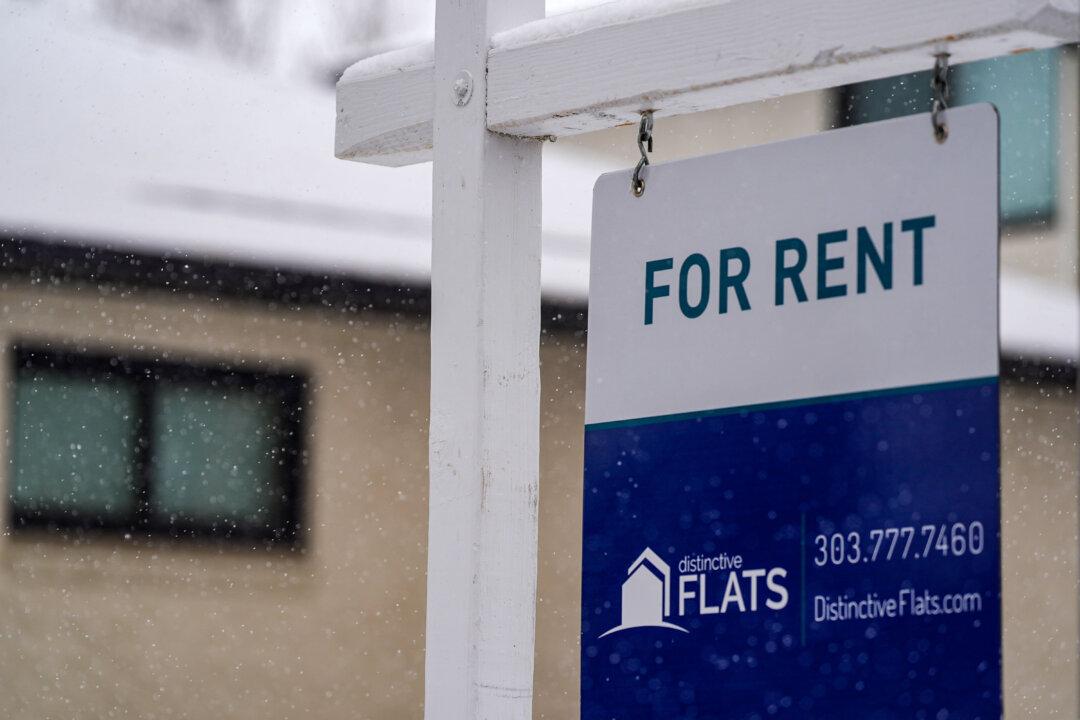After data showed inflation cooled in October, mortgage rates fell sharply on Thursday by its biggest ever margin, according to data from Mortgage Daily News (MDN).
The Consumer Price Index (CPI) data released on Nov. 10 showed 12-month inflation growing by 7.7 percent in October, down from 8.2 percent in September, and below market expectations of 8 percent. It was 1.4 percentage points below this year’s peak inflation rate of 9.1 percent hit in June.
On Thursday, the average rate on a 30-year fixed-rate mortgage fell to 6.62 percent from the previous day’s 7.22 percent, a decline of 0.60 percentage points. This fall in the mortgage rate is the “best day on record” as far back as 2009, MDN said in a
blog post on Nov. 10.
During an
interview with CNBC, Matthew Graham, chief operating officer of Mortgage News Daily, pointed out that mortgage rates are unlikely to dramatically move lower because there continues to be plenty of uncertainty regarding the domestic and international economies.
“This is the best argument to date that rates are done rising, but confirmation requires next month’s CPI to tell the same story,” he said.
“This was always about needing two consecutive reports of this nature combined with acknowledgement from the Fed that the inflation narrative is shifting.”
The CPI data triggered a rally of more than 5 percent in S&P futures. Meanwhile, yields on 10-year Treasurys fell by more than 0.30 percent, which is the biggest day-over-day decline since 2009.
Mortgage Applications, Affordability
Despite the drop, mortgage rates still remain more than double what they were at the beginning of 2022, thus dampening the demand for mortgage applications.According to
data from the Mortgage Bankers Association (MBA), mortgage loan-application volume fell for the sixth consecutive week for the week ended Oct. 28, even though rates had dropped a bit during this period. The share of refinance in total mortgage applications declined for the fifth consecutive week.
High mortgage rates and home prices create significant affordability challenges for many Americans. According to an
analysis by NerdWallet, an individual who could afford to spend $1,800 per month in mortgage repayment could borrow up to $413,600 in January with an interest rate of 3.25 percent.
But with rates hitting 7 percent in October, the person can now afford to borrow only $270,600. Higher rates have essentially shaved off $143,000 from the individual’s borrowing capacity.
Homebuyers are also increasingly moving to areas with affordable homes. According to Redfin, a record-high 25 percent of American homebuyers were looking to change residences to cheaper metropolitan regions during the third quarter.
“With a recession looming and household expenses high, many people can’t afford to buy a home in an expensive area and/or want to save money in case of an emergency, which makes relocating somewhere more affordable an attractive option,”
said Chen Zhao, research lead at Redfin Economics.





